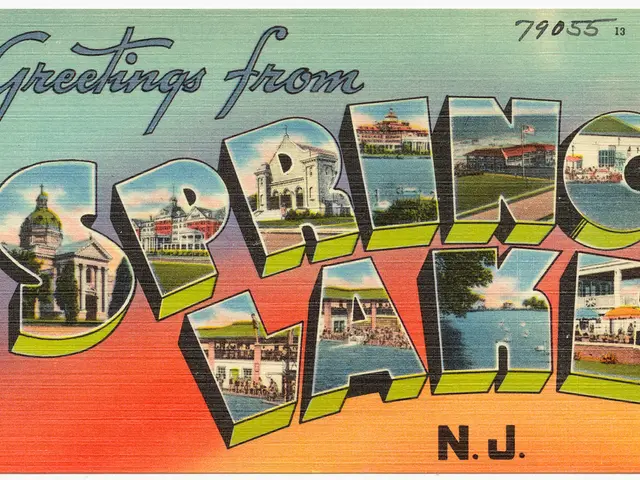Yesteryear's moments have slipped away
Gardening with a nostalgic touch and sustainable building practices go hand in hand with willow rods. A palisade fence woven from these versatile branches brings back memories of simpler times and serves as a refreshing touch in today's modern gardens. Similarly, the rustic appeal of willow infillings in half-timbered houses, supporting lime or chalk plaster, is experiencing a renaissance in eco-friendly construction.
As industries churn out cheaper alternatives, the use of willow rods has declined. However, their enduring appeal and potential durability need to be considered, lest they disappear from our landscape nuances. Conservation efforts, mostly driven by nature organizations, focus on maintaining willow trees, providing habitats for insects and hole-nesting birds, thus contributing to biodiversity. The 39 Heck cattle, unambiguous reminders of the past, play a significant role in landscape preservation.
Initially bred by brothers Heck in the early 1900s, Heck cattle were a reconstruction of the aurochs, the supposed ancestor of domestic cattle. Crossing Spanish and Corsican bulls with Hungarian steppe and Scottish Highland cattle, they created a resilient, cold-hardy, and disease-resistant breed. These cattle graze the wet meadows of reed fields, promoting open landscapes and serving as resting spots for migratory birds and habitats for numerous rare bird species.
Though not descended from the aurochs, the Heck cattle intriguingly resemble their supposed ancestors. It's interesting to note that they graze the reed fields year-round, maintaining an almost self-sufficient existence. The Heck cattle, like willow rods, seemingly live outside the fast-paced, industrialized world, existing in harmony with nature.
Resilient and rooted in tradition, willow rods and Heck cattle could be our bridge to the past in an ever-evolving world. As the philosopher Odo Marquard once said, "Future needs origin." Though we cannot exist in a living museum, embracing and preserving time-honored practices like willow rods and Heck cattle can offer balance and a connection to our roots.
In an effort to maintain a balance between modernity and tradition, the use of willow rods in home-and-garden not only revives memories of a simpler lifestyle but also aids in biodiversity conservation. Moreover, the resilient Heck cattle, with their roots tracing back to the aurochs, graze the landscape while upholding a link to our past, mirroring the enduring and vintage appeal of willow rods.




